Resources
What are the plastic injection molding processes?
Release time:2023-11-01
What are the plastic injection molding processes?
I. Injection Molding
(A) injection molding
Injection molding: also known as plastic injection molding, the principle is to add granular or powdery raw materials into the hopper of the injection machine, the raw material is heated and melted into a flow state, driven by the screw or piston in the injection machine, through the nozzle and mold pouring system into the mold cavity, hardening and shaping in the mold cavity. Factors affecting the quality of injection molding: injection pressure, injection time, injection temperature.
Craftsmanship Features:
Advantages:
1. short molding cycle, high production efficiency, easy to realize automation
2. can mold complex shape, precise size, with metal or non-metallic inserts of plastic parts
3. product quality and stability
4. adapt to a wide range
Disadvantages:
1. high price of injection molding equipment
2. injection mold structure is complex
3. high production costs, long production cycle, not suitable for single piece of small batch production of plastic parts
Applications:
In industrial products, injection molding products are: kitchenware (garbage cans, bowls, buckets, jugs, cutlery and various containers), shells of electrical equipment (hair dryers, vacuum cleaners, food mixers, etc.), toys and games, a variety of products for the automotive industry, and parts for many other products.


(B) Insert Molding
Insert injection molding: insert molding (insertmolding) refers to the mold loaded with pre-prepared inserts of different materials after injection of resin, molten materials and inserts bonding curing, made of integrated products molding method.
Process characteristics:
1. The prior molding combination of multiple inserts makes the post-project of product unit combination more rationalized.
2. The combination of the resin's easy molding and bending properties and the metal's rigidity, strength, and heat resistance can be used to make complex and delicate metal-plastic integrated products.
3. In particular, by combining the insulating property of resin and the conductivity of metal, the molded products can meet the basic functions of electrical products.
4. for rigid molded products, rubber sealing gasket plate bending elastic molded products, through the base of the injection molding made of integrated products, can eliminate the complexity of the arrangement of the sealing ring work, so that the automation of the combination of post-processes more easily.

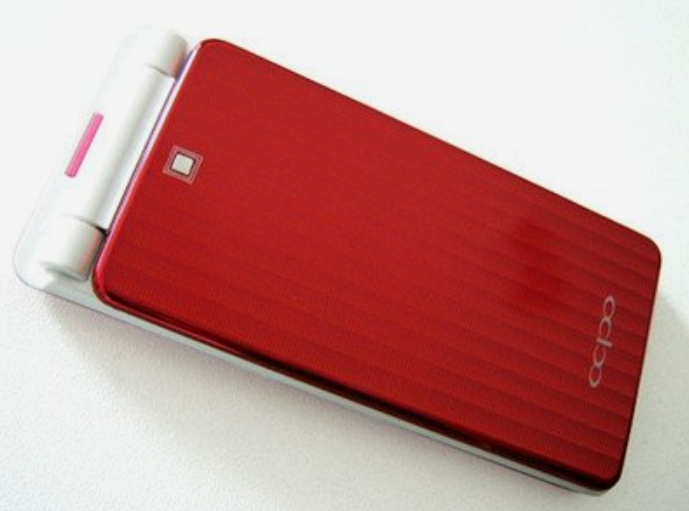


(C) Two-color injection molding
Two-color injection molding: It is a molding method that injects two different colors of plastic into the same mold. It can make the plastic appear two different colors, and can make the plastic parts show a regular pattern or irregular cloud-like pattern, in order to improve the usability and aesthetics of the plastic parts.
Process characteristics:
1. The core material can use low viscosity material to reduce the injection pressure.
2. From the consideration of environmental protection, the core material can use recycled secondary material.
3. According to the different characteristics of use, such as thick pieces of finished skin material to use soft materials, core materials to use hard materials or core materials can be used to reduce the weight of foamed plastic.
4. you can use the lower quality of the core material to reduce costs.
5. the skin material or core material can use expensive and special surface properties, such as anti-electromagnetic interference, high conductivity and other materials to increase product performance.
6. the appropriate skin material and core material can reduce the molded product residual stress, increase mechanical strength or product surface properties.

(D) micro-foam injection molding process
Microfoam injection molding process
It is an innovative precision injection molding technology, is relying on the expansion of the pores to fill the product, and in a lower and average pressure to complete the molding of the parts. Microcellular foam molding process can be divided into three stages: first of all, the supercritical fluid (carbon dioxide or nitrogen) dissolved into the hot melt glue to form a single-phase solute; and then through the switching nozzle shooter temperature and pressure lower mold cavity, due to the temperature and pressure reduction triggered by the molecular instability and thus the formation of a large number of products in the product of the bubble nucleus, the bubble nucleus grows up to generate tiny holes.
It is an innovative precision injection molding technology, is relying on the expansion of the pores to fill the product, and in a lower and average pressure to complete the molding of the parts. Microcellular foam molding process can be divided into three stages: first of all, the supercritical fluid (carbon dioxide or nitrogen) dissolved into the hot melt glue to form a single-phase solute; and then through the switching nozzle shooter temperature and pressure lower mold cavity, due to the temperature and pressure reduction triggered by the molecular instability and thus the formation of a large number of products in the product of the bubble nucleus, the bubble nucleus grows up to generate tiny holes.
Process characteristics:
1. Precision injection molding;
2. breaking through the many limitations of traditional injection molding, can significantly reduce the weight of the parts, shorten the molding cycle;
3. greatly improve the warping deformation and dimensional stability of the parts.
Applications:
Automobile instrument panel, door panels, air conditioning ducts, etc.、

(E) Nano injection molding (NMT)
NMT (NanoMoldingTechnology)
It is a combination of metal and plastic with nanotechnology method, the first metal surface through the nano treatment, plastic injection molding directly on the metal surface, so that the metal and plastic can be shaped as a whole. Nanomolding technology is divided into two types of processes according to the location of the plastic:
It is a combination of metal and plastic with nanotechnology method, the first metal surface through the nano treatment, plastic injection molding directly on the metal surface, so that the metal and plastic can be shaped as a whole. Nanomolding technology is divided into two types of processes according to the location of the plastic:
1. the plastic is not the appearance of the surface of the one-piece molding
2. Plastic for the appearance of one-piece molding
Process characteristics:
1.Products with metal appearance texture.
2. the product mechanism parts design simplified, so that the product is lighter, thinner, shorter, smaller, and more cost-effective than the CNC processing method.
3. reduce production costs and high bonding strength, and significantly reduce the use of related consumables.
Applicable metal and resin materials:
1. aluminum, magnesium, copper, stainless steel, titanium, iron, galvanized sheet, brass;
2. Aluminum alloy is more adaptable, including 1000 to 7000 series;
3. Resins include PPS, PBT, PA6, PA66, PPA;
4. PPS has particularly strong adhesive strength (3000N/c㎡).
Applications:
Cell phone shells, laptop shells, etc.
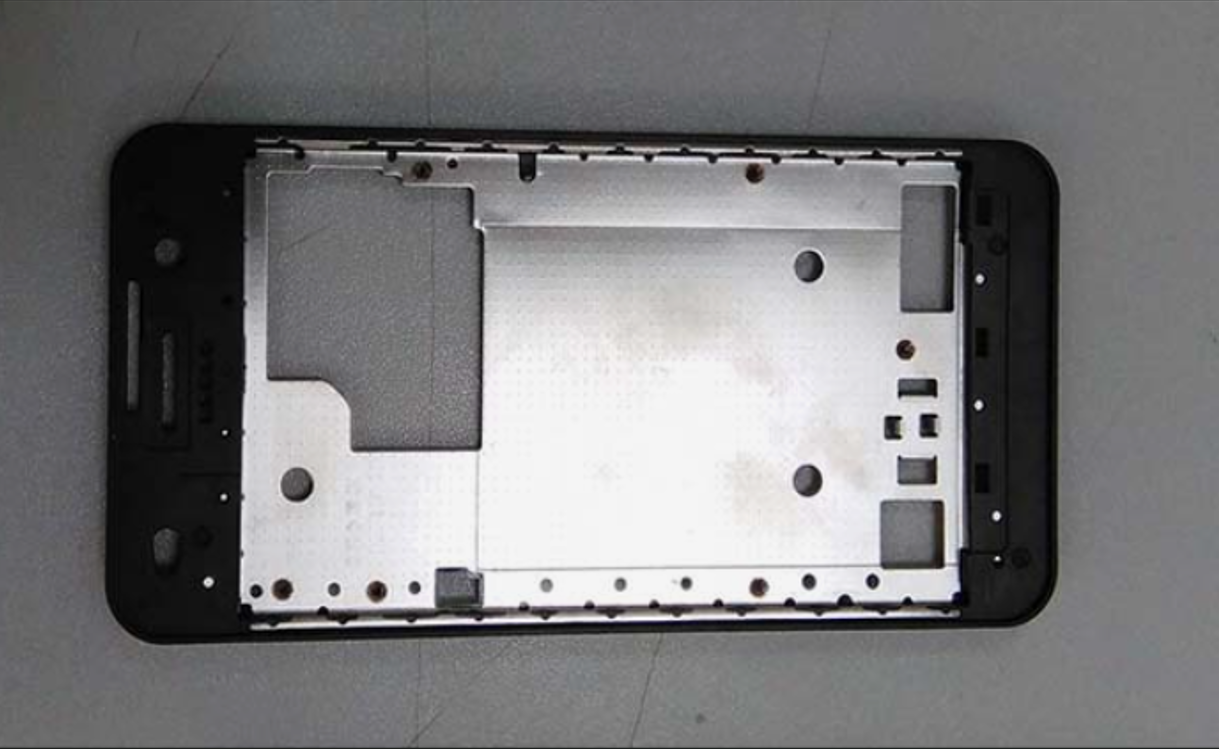
(C) stretch blow molding
will have been heated to the stretching temperature of the parison placed in the blow mold, the longitudinal stretch with the stretch rod, with the compressed air blown into the transverse stretch blowing, so as to get the product method.
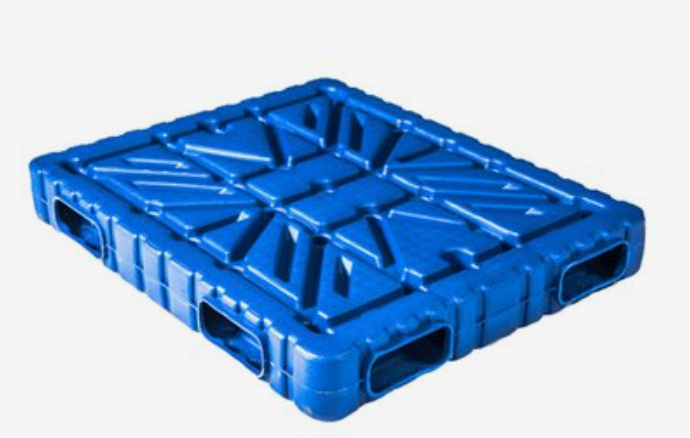
also known as extrusion molding, mainly suitable for thermoplastic plastic molding, but also suitable for some of the better fluidity of thermosetting and reinforced plastic molding. Its molding process is to use the rotating screw, the thermoplastic raw materials that are heated and melted, extruded from the head with the desired cross-section shape, then shaped by the shaper, and then through the cooler to make it cold and hard curing, to become the desired cross-section of the product.
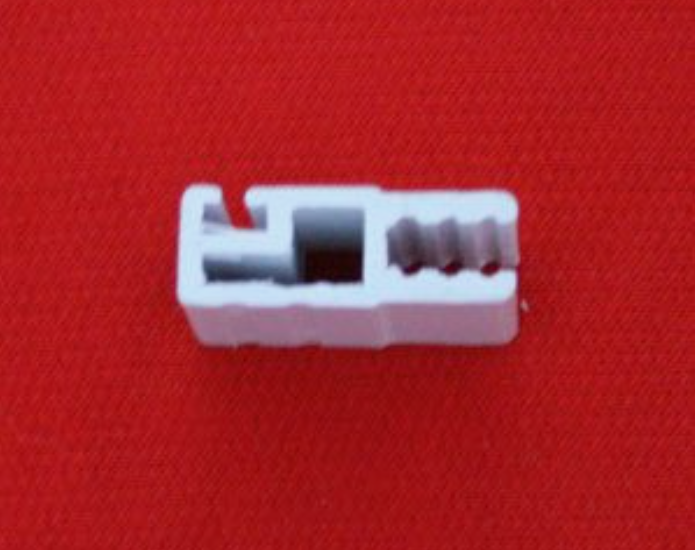

II. blow molding
Blow molding: is extruded from the extruder of molten thermoplastic raw materials, clamped into the mold, and then blowing air into the raw material, molten raw materials in the role of air pressure expansion, to the mold cavity wall fit, and finally cooled and cured to become the desired product shape of the method. Blow molding is divided into film blow molding and hollow blow molding two kinds:
(A) film blow molding
Thin film blow molding is the molten plastic from the extruder head of the annular gap in the mouth of the mold was cylindrical thin tube extrusion, while from the head of the center hole to the thin tube cavity into the compressed air, the thin tube will be blown into a larger diameter tubular film (commonly known as bubble tube), rolled after cooling.
(B) Hollow blow molding
Hollow blow molding is with the help of gas pressure, will be closed in the mold cavity in the rubber-like state of the billet blown into the hollow products of the secondary molding technology, is the production of hollow plastic products. Hollow blow molding according to the different manufacturing methods of the parison, there are extrusion blow molding, injection blow molding, stretch blow molding.
(1) extrusion blow molding: extrusion blow molding is extruder extruded tubular billet, while hot will be clamped in the mold cavity and seal the bottom, and then to the billet cavity into the compressed air blow molding.
(2) injection blow molding: the type of blank used by the injection molding and get. Type blanks stay in the mold on the core mold, with the blow mold after the mold, from the core mold into the compressed air, the type of blanks will be blown, cooling, demolding that is the product.
Advantages:
Products wall thickness uniformity, small weight tolerance, less post-processing, small waste edges; suitable for the production of large batches of small fine products.
(C) stretch blow molding
will have been heated to the stretching temperature of the parison placed in the blow mold, the longitudinal stretch with the stretch rod, with the compressed air blown into the transverse stretch blowing, so as to get the product method.
Applications:
1. Film blow molding is mainly used for making thin plastic molds;
2. hollow blow molding is mainly used to make hollow plastic products (bottles, buckets, spray cans, tanks, cans, toys, etc.).

III. extrusion molding (profiles)
Extrusion molding:
also known as extrusion molding, mainly suitable for thermoplastic plastic molding, but also suitable for some of the better fluidity of thermosetting and reinforced plastic molding. Its molding process is to use the rotating screw, the thermoplastic raw materials that are heated and melted, extruded from the head with the desired cross-section shape, then shaped by the shaper, and then through the cooler to make it cold and hard curing, to become the desired cross-section of the product.

Process characteristics:
1. Low cost of equipment;
2. Simple operation, easy to control the process, easy to realize continuous automatic production;
3. high production efficiency; product quality is uniform and dense;
4. by changing the head mouth mold can be molded various cross-section shape of the product or semi-finished products.
Applications:
In the field of product design, extrusion molding has strong applicability. The types of extruded products include pipes, films, rods, monofilaments, flat belts, nets, hollow containers, windows, frames of doors, plates, cable cladding, monofilaments and other profiles.
If you have mold customization needs, please contact us!
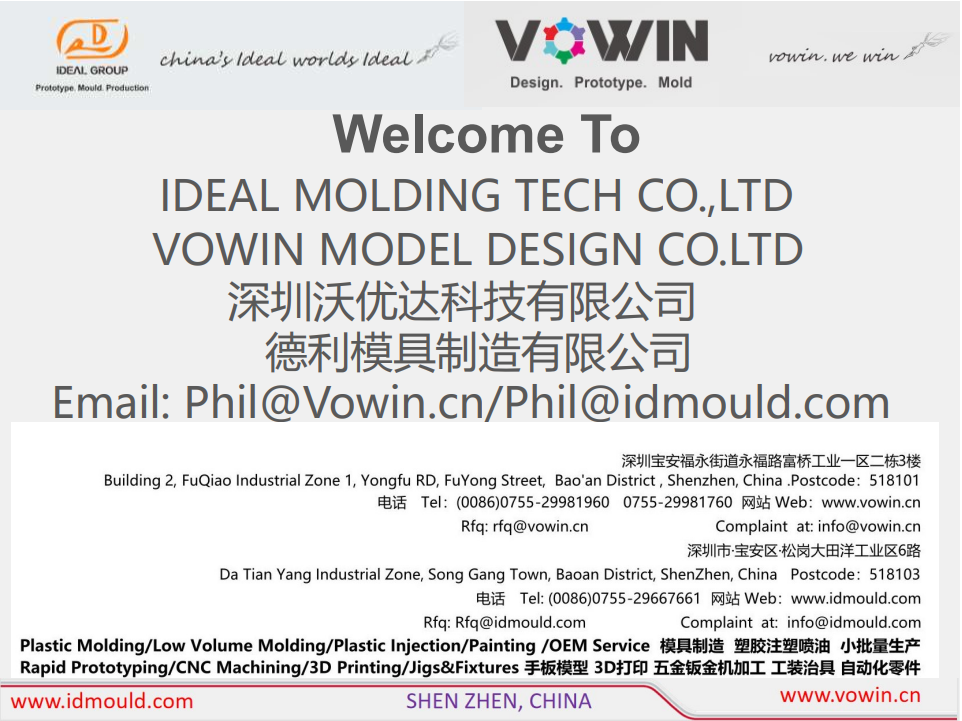
Posts by Topic
Recent Posts
- What kinds of plastic mold materials?
- What is the process of mold manufacturing?
- What should be paid attention to the polishing of injection molds?
- What is easy to ignore when maintaining and overhauling injection molds?
- What are the 6 systems of plastic molds?
- What are the methods of strengthening the surface of injection molds?
- What are the methods of insulation for injection molds?
- How to solve the problem of injection mold release difficulty?
- How can we increase the brightness of ABS injection molded parts?
- What are the common problems of mold maintenance and how to solve them?(1)














